Most people walk through famous cities every day, completely unaware of the intricate networks of tunnels running beneath their feet. These underground passages tell fascinating stories of human ingenuity, wartime survival, ancient civilizations, and modern urban planning.
From medieval escape routes to modern subway systems that never opened, these hidden worlds reveal secrets that most visitors never get to see. While some of these tunnels serve practical purposes like transportation or utilities, others hold darker histories of smuggling, espionage, and refuge during times of conflict.
Here is a list of 15 hidden tunnels beneath famous cities that showcase the remarkable underground architecture hiding just below the surface.
Seattle Underground
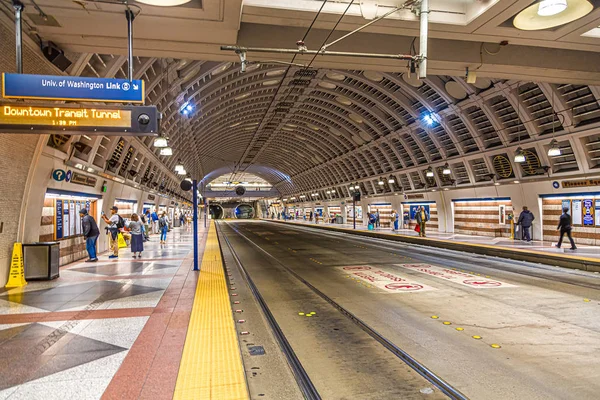
Beneath Seattle’s bustling Pioneer Square lies an entire abandoned city level that most tourists never see. When the city decided to raise its streets by up to 35 feet in the early 1900s, they essentially buried the original ground floor of downtown Seattle.
What remained is now a network of tunnels connecting old storefronts, sidewalks, and basements that you can still explore today. The underground area stretches for several blocks and includes remnants of old hotels, shops, and even former red-light district establishments that give visitors a glimpse into Seattle’s rowdy past.
Cappadocia Underground Cities
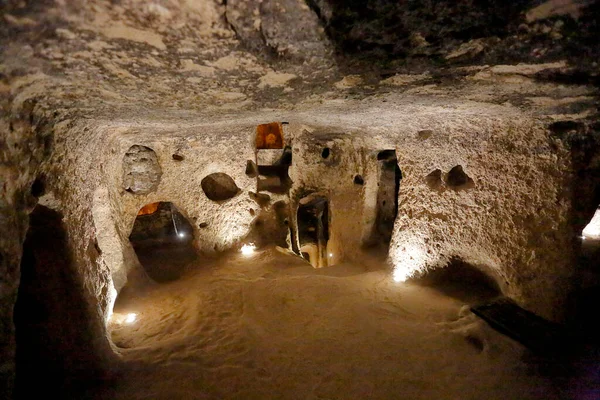
The soft volcanic rock beneath Cappadocia, Turkey, allowed ancient civilizations to carve out massive underground cities that could house thousands of people. Derinkuyu, the deepest of these cities, plunges 280 feet underground and includes living quarters, stables, chapels, storage rooms, and even wine cellars connected by narrow tunnels.
These underground networks served as refuge during times of war, with intricate ventilation systems and rolling stone doors that could seal off entire sections. The tunnels are so extensive that archaeologists believe they connect multiple underground cities across the region, creating a vast subterranean network.
Like Travel Pug’s content? Follow us on MSN.
London Mail Rail
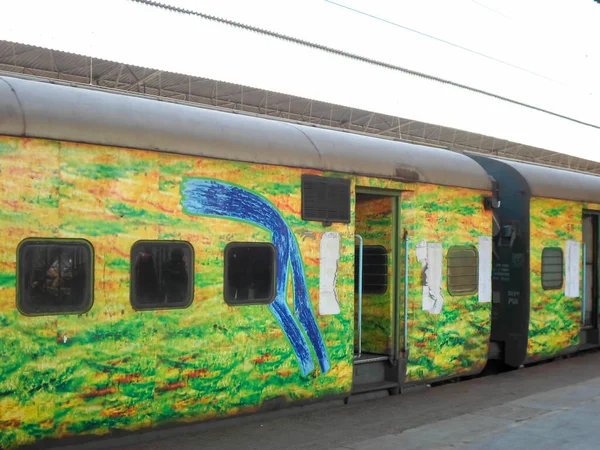
Running beneath London’s busy streets is a narrow-gauge railway system that most Londoners have never heard of, despite operating for over 75 years. The Mail Rail, officially called the Post Office Railway, used driverless electric trains that transported mail between sorting offices from 1927 to 2003.
The tunnels stretch for 6.5 miles and run 70 feet below ground, connecting eight stations across central London. While the system is no longer operational, portions have been converted into a fascinating museum where visitors can ride the original mail trains through the underground tunnels.
Paris Catacombs
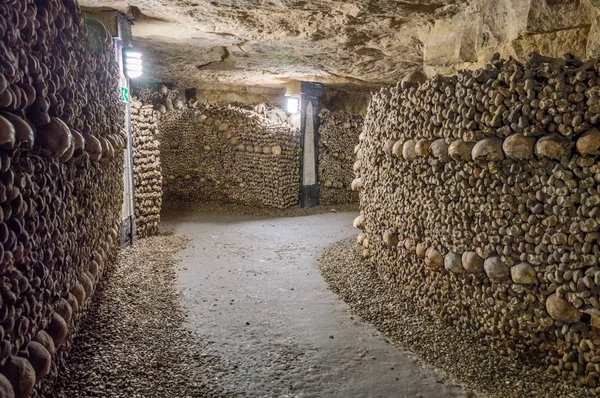
The limestone quarries beneath Paris were transformed into one of the world’s most famous underground networks when city officials decided to move millions of bodies from overflowing cemeteries in the late 1700s. The tunnels stretch for over 200 miles beneath the city, though only a small section is open to the public.
The walls are lined with carefully arranged skulls and bones of over six million people, creating an eerie but strangely beautiful underground cemetery. Beyond the official catacombs, urban explorers have discovered secret entrances to unmapped sections where illegal parties and art installations take place in complete secrecy.
Moscow Metro-2
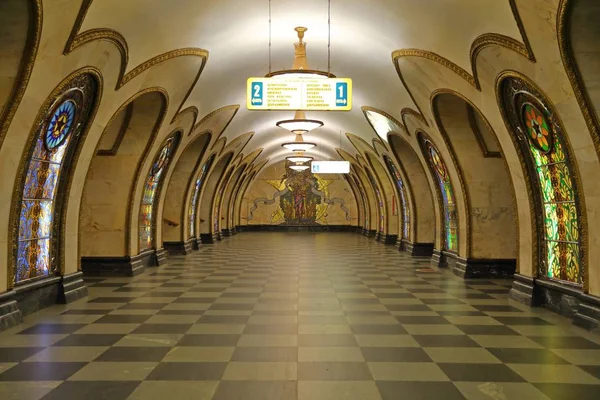
While Moscow’s regular metro system is famous worldwide, few people know about Metro-2, a secret underground railway system built during the Soviet era. This classified network allegedly connects important government buildings, including the Kremlin, with secure bunkers and facilities outside the city.
The tunnels are said to run deeper than the regular metro and include stations that could serve as nuclear bunkers during emergencies. Though the Russian government has never officially acknowledged Metro-2’s existence, construction workers and former officials have confirmed that this shadow transit system operates parallel to the public metro.
Like Travel Pug’s content? Follow us on MSN.
Edinburgh Vaults
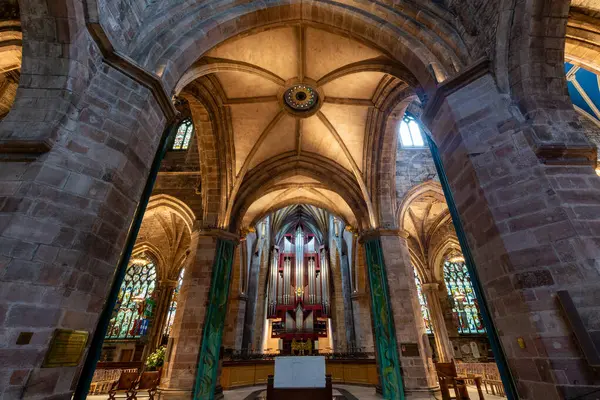
Beneath Edinburgh’s Old Town lies a network of chambers and tunnels carved from solid rock that served various purposes over the centuries. The Edinburgh Vaults were created in the late 1700s when the South Bridge was built, leaving underground spaces that were initially used for storage and workshops.
As conditions deteriorated, these spaces became home to the city’s poorest residents and later served as illegal taverns and meeting places for body snatchers who supplied corpses to medical schools. The vaults were eventually sealed and forgotten until urban explorers rediscovered them in the 1980s, complete with preserved graffiti and artifacts from their mysterious past.
Củ Chi Tunnels

The jungle outside Ho Chi Minh City, Vietnam, conceals one of the most extensive tunnel networks ever built, stretching for over 150 miles underground. The Củ Chi Tunnels were hand-dug by Vietnamese fighters during the Vietnam War and included living quarters, kitchens, hospitals, storage areas, and weapons factories, all connected by narrow passages.
The tunnels were so well-concealed that American soldiers often walked directly over them without knowing an entire underground city existed beneath their feet. Many sections included multiple levels, trap doors, and hidden entrances disguised as termite mounds or cooking fires.
Berlin Underground

Berlin’s complex history created multiple layers of underground tunnels that tell the story of the city’s turbulent past. During World War II, residents built extensive bunker systems and converted subway tunnels into air raid shelters that could protect thousands of people. After the war, East and West Berlin were connected by secret escape tunnels dug by people desperate to flee communist rule, with some tunnels stretching for hundreds of yards beneath the Berlin Wall.
The city also contains abandoned subway stations and tunnel sections that were sealed off when the wall divided the city, creating eerie underground time capsules.
Like Travel Pug’s content? Follow us on MSN.
Rome’s Hidden Aqueducts
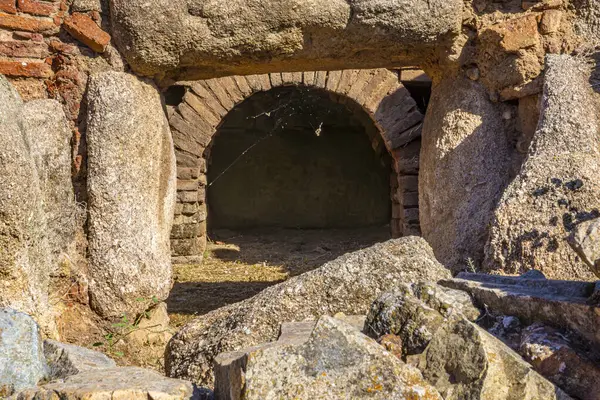
While Rome’s famous aqueducts are mostly visible above ground, the city contains miles of underground water tunnels that supplied ancient Roman neighborhoods. These tunnels connected to underground springs and carried fresh water through carved stone channels that still function today in some areas.
Many of these passages also connect to early Christian catacombs and burial chambers, creating an underground network that spans multiple historical periods. Urban explorers and archaeologists continue to discover new sections of these tunnels, often finding intact Roman engineering that has survived for nearly 2,000 years.
Tokyo Underground Rivers
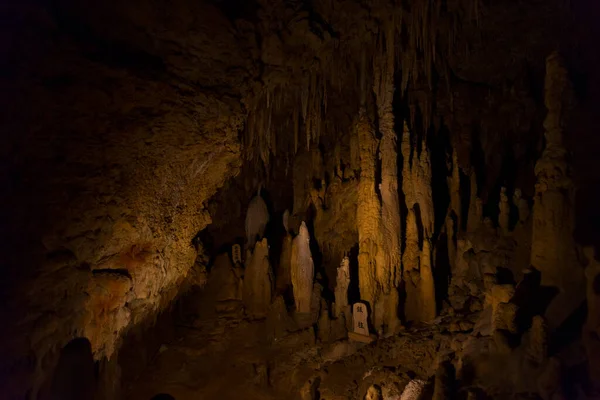
Beneath Tokyo’s concrete landscape flows a network of underground rivers that were buried during the city’s rapid modernization in the 20th century. The Shibuya River and dozens of other waterways were covered over and converted into tunnels to make room for buildings and roads above ground.
These underground rivers still flow through large concrete channels and can be accessed through maintenance tunnels and storm drains throughout the city. During heavy rains, these hidden waterways become rushing torrents that most Tokyo residents never see, despite walking over them every day.
New York Pneumatic Post
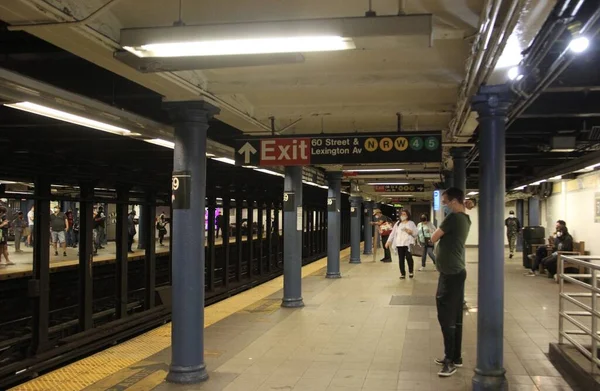
Before email and phones, New York City operated an underground pneumatic tube system that could shoot mail and small packages across Manhattan at speeds up to 35 mph. The Beach Pneumatic Transit tunnel, built in the 1870s, was a prototype for a passenger system that would have transported people in pneumatic capsules beneath the busy streets.
While the passenger system was never completed, postal tubes operated for decades and remnants can still be found in the basements of old buildings. The main demonstration tunnel was forgotten for over a century until construction workers accidentally broke through a wall and discovered the ornate waiting room and tunnel entrance.
Like Travel Pug’s content? Follow us on MSN.
Montreal Underground City
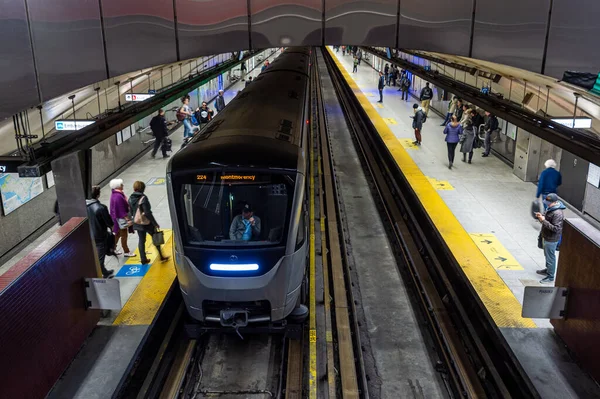
Montreal’s RESO is one of the largest underground pedestrian networks in the world, connecting shopping centers, hotels, offices, and metro stations through climate-controlled tunnels. The system stretches for over 20 miles and includes sections that most visitors never see, including service tunnels, storage areas, and abandoned passages from earlier construction phases.
During Montreal’s harsh winters, thousands of people live, work, and shop entirely underground without ever stepping outside. The network is so extensive that it includes underground parks, food courts, and even art galleries that create a complete subterranean city experience.
Naples Underground
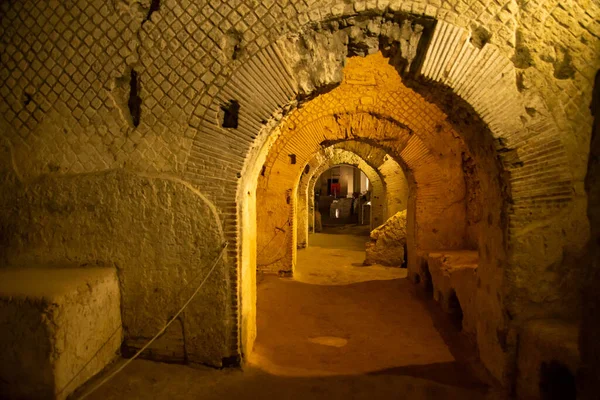
Beneath Naples, Italy, lies a vast network of caves, tunnels, and cisterns carved from volcanic rock over more than 2,000 years. The ancient Greeks and Romans quarried building stone from underground, creating chambers that were later used as aqueducts, burial sites, and air raid shelters during World War II.
The tunnels extend throughout the historic city center and include fascinating archaeological sites where you can see Greek pottery, Roman inscriptions, and modern graffiti all in the same underground space. Many of these passages connect to basements of churches and buildings, creating secret routes that were used for everything from smuggling to religious ceremonies.
Shanghai Tunnels
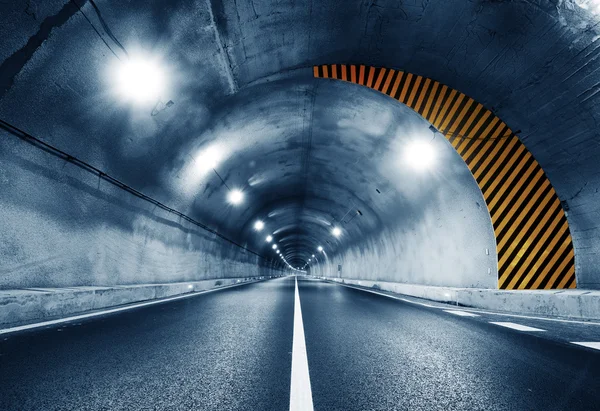
Portland, Oregon’s Shanghai Tunnels earned their sinister name from the practice of ‘shanghaiing’ – kidnapping men to serve as sailors on ships bound for Asia. These underground passages connected hotels, saloons, and businesses in Portland’s old downtown to the waterfront, allowing criminals to transport unconscious victims directly to waiting ships.
The tunnels included holding areas with rings embedded in the walls where captives were chained until ships departed. While the tunnels served legitimate purposes like moving goods and providing underground storage, their connection to human trafficking gave them a dark reputation that persists today.
Like Travel Pug’s content? Follow us on MSN.
Odessa Catacombs
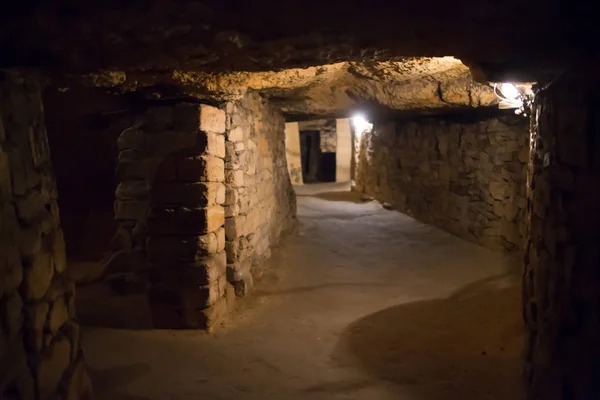
The limestone mines beneath Odessa, Ukraine, created one of the world’s largest underground networks, with tunnels stretching for an estimated 1,500 miles beneath the city. These passages were carved over several centuries as building stone was extracted, eventually creating a maze so complex that people regularly get lost and require rescue.
During World War II, Soviet partisans used the catacombs as hideouts and weapons storage, turning the underground network into a secret military base. The tunnels are largely unmapped and unregulated, making them popular with urban explorers despite the significant danger of getting lost in the labyrinthine passages.
Where Ancient Engineering Meets Modern Mysteries
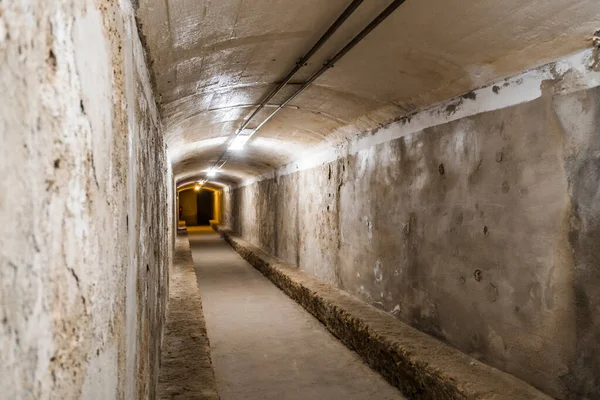
These hidden tunnel networks remind us that every major city sits atop layers of history, innovation, and human determination. From ancient Romans engineering water systems that still function today to Cold War-era governments building secret transportation networks, these underground passages show how people have always found ways to solve problems by going beneath the surface.
While some tunnels have been converted into tourist attractions or museums, many remain active parts of city infrastructure, quietly serving millions of people who never think about the engineering marvels beneath their feet. The next time you walk through a famous city, remember that there’s probably an entire hidden world running parallel to yours just a few feet below the pavement.
More from Travel Pug

- 20 Best Beach Towns in the Carolinas
- 13 Destinations Where Tourists Regularly Regret Their Trip
- 20 Things You Actually Get in First Class
- 20 Small Airports With Aviation Museums
- 20 Places in the U.S. That Are Perfect for a Reset Trip
Like Travel Pug’s content? Follow us on MSN.
